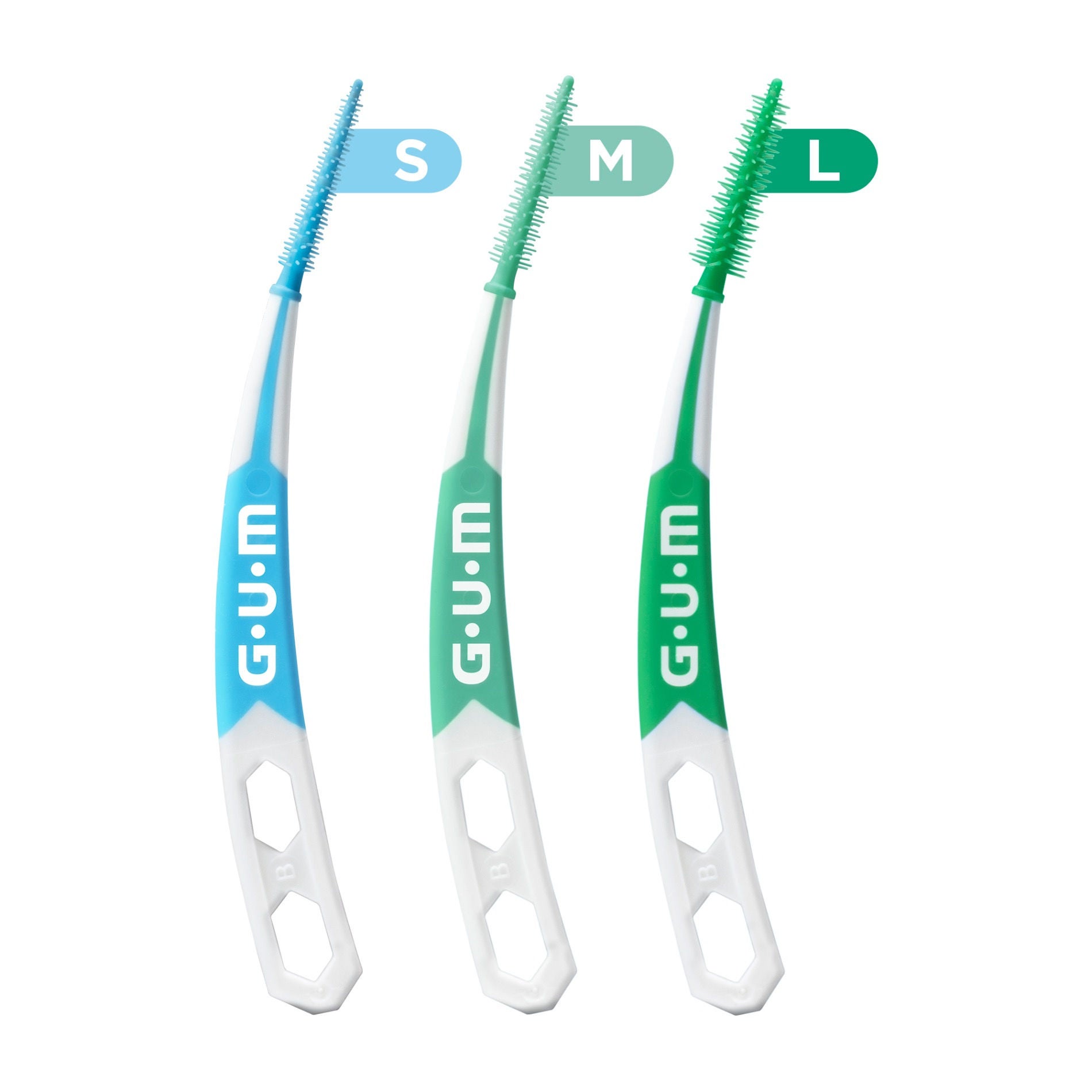
Root Canals: Procedure, Causes, and Treatment
Although more than 15 million root canals treatments are performed every year, many people still have questions about them and the root canal treatment process.

If you’re facing tooth decay, inflammation, or damage, it’s possible that your dentist will present root canal treatment as an option. In this case, it’s important to know the facts and how to prepare for your procedure.
In this guide, we’re going to cover everything you need to know about root canal prevention, treatment, and recovery so you go in informed and recover with confidence.
What is a root canal treatment?
A root canal treatment is needed when the nerve of a tooth is damaged by bacteria, causing inflammation, decay, and infection. This procedure involves removing the soft center of the tooth (the pulp) to save the tooth and restore it to a pain-free condition.
Anatomy of a tooth
Under the white enamel of a tooth exists soft tissue called the pulp. This pulp contains blood vessels, nerves, and connective tissue that aids the tooth during development. The pulp can become damaged or infected, leading to the need for a root canal treatment.
Fortunately, adult teeth can still function without the existence of pulp, so a root canal treatment works effectively to remedy any damage and relieve the patient of pain.
Why might you need a root canal treatment?
A root canal treatment is typically needed when there is extreme inflammation or infection in the roots of a tooth. Pain is usually the strongest and most obvious indication that something is wrong and you need to visit your dentist.
While these symptoms are fairly common, they can sometimes be precursors or indicators of the need for a root canal treatment:
- Severe pain while chewing or biting
- Strong sensitivity to hot or cold
- Localized swollen gums
- Pimples on the gums
- A chipped or cracked tooth
- Deep tooth decay
- Tender or dark gums
Root canal treatment causes
There are a few conditions that might cause a root canal treatment.
These possible root canal treatment causes include:
- Deep decay
- Repeated dental procedures on or around tooth
- Crack or chip in tooth
- Injury to tooth
- Undiagnosed inflammation or infection
Note: If root damage, inflammation, or infection are left untreated, this can lead to an abscess and cause additional pain.
5 things to know about root canal treatments
When scheduling a root canal treatment, there are some things you should know so you can best prepare for the procedure.
Knowing these facts can also help reduce any anxiety you have about your treatment, and set yourself up for the best recovery.
What happens during a root canal treatment?
During a root canal treatment, the dentist or endodontist removes the infected pulp, cleans and disinfects the tooth, shapes the root canals, and then fills and seals the spaces left by the procedure.
After the root canal procedure, you will return to your dentist to have them place a crown (or other type of restoration) to protect the tooth. This will also help restore the tooth to its full function so it feels as good as new.
Is a root canal treatment painful?
With the introduction of modern technology and anesthetics, most patients state that they are comfortable and pain-free during the root canal procedure. Your dentist will apply some topical anesthetic, followed by an injection of local anesthetic, to prevent pain. Note that you may still feel some discomfort (e.g. tugging, pressure, etc.) during the procedure.
Following your procedure, you may experience some sensitivity, inflammation, swelling, or minor pain. This discomfort can be treated by over-the-counter and/or prescription medications.
If you start to experience any severe pain or discomfort after more than a few days, call your dentist.
How long does a root canal treatment take?
A typical root canal appointment will last anywhere between 30 to 60 minutes. However, in more complicated cases, this appointment can take longer (up to 2 hours).
The length of your procedure depends on the type of tooth being treated, the severity of the damage, and how many root canals are being performed. Be sure to ask your dentist if you have any questions about the length of your root canal procedure.
Are you awake during a root canal treatment?
Generally speaking, you will remain awake during your root canal procedure. However, the anesthetic will prevent you from feeling pain during your procedure.
How to avoid needing a root canal treatment
The best way to avoid needing a root canal treatment is to maintain proper oral hygiene. Since root damage can be caused by decay, injury, and other conditions, any effort to prevent tooth damage will help keep a root canal procedure at bay.
In order to best prevent a root canal treatment, follow these oral hygiene tips:
- Clean interdentally before each brushing
- Use GUM® SOFT-PICKS® for food and plaque removal
- Brush your teeth twice daily with a soft-bristled toothbrush
- Use a fluoride-rich toothpaste
- Avoid sugary foods that can cause tooth decay
- Use oral rinses and gels for gum health
- Avoid acidic drinks and foods like citrus and soda
- If you grind your teeth, wear mouthguard to prevent chips
- Wear a mouthguard when playing sports
- Avoid hard food (like candy) that can damage your teeth
- Children: Use fluoride-coated flossers to remove food and plaque, on top of brushing
Prepare for a successful root canal treatment
Great oral health is the best way to avoid needing a root canal treatment, but if you are in need of a root canal treatment, it’s good to be informed. Rest assured that a root canal treatment is a relatively pain-free procedure that works to restore your tooth so you can go on living your day-to-day
SUNSTAR GUM offers a variety of oral care products to prevent tooth decay, gingivitis, and more. With regular brushing, flossing, and other preventative care measures and regular visits to your dentist, you can avoid needing a root canal treatment and keep your teeth in tip-top shape.


